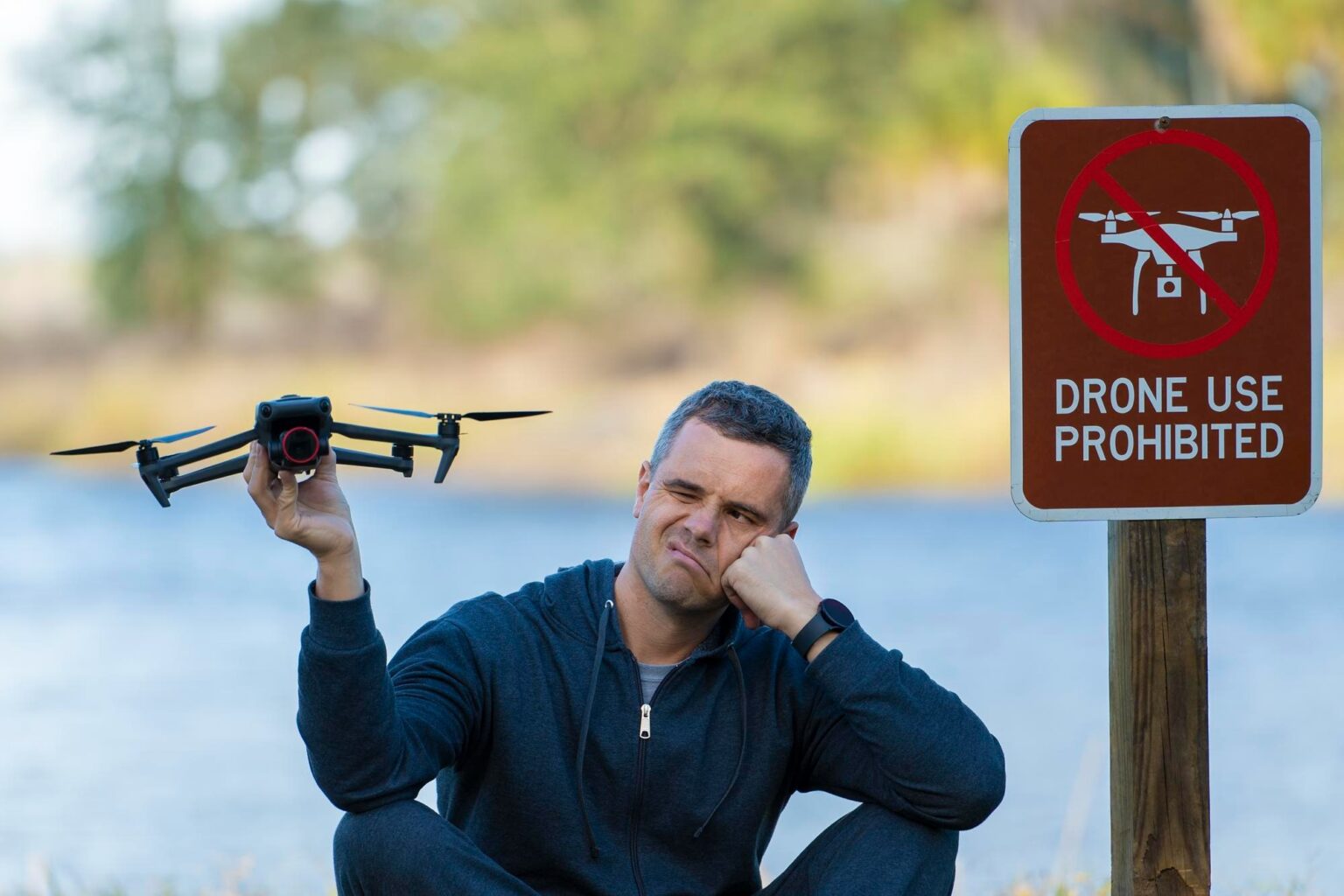Counter-drone technology refers to the set of tools and measures designed to mitigate security risks and protect against unauthorized or malicious drones. As the popularity and accessibility of drones increase, so does the need for effective countermeasures to ensure safety, privacy, and security in various environments. Here are some key technologies and strategies used in counter-drone efforts:
-
Drone Detection Systems: These systems utilize various sensors and technologies to detect and identify drones in the vicinity. They may employ radar, radio frequency (RF) scanners, acoustic sensors, or optical systems to detect the presence of drones based on their unique signatures or characteristics. Drone detection systems are typically capable of detecting both commercial and custom-built drones.
-
Radio Frequency (RF) Jamming: RF jamming is a technique used to disrupt the communication link between a drone and its operator. By transmitting radio signals on the same frequencies used by the drone’s control system, RF jammers can block or overpower the signals, rendering the drone unable to receive commands or respond to its operator. However, the use of RF jamming may have legal implications and requires appropriate authorization.
-
GPS Spoofing and Jamming Mitigation: GPS spoofing and jamming are techniques used to manipulate or disrupt a drone’s GPS signals, affecting its navigation and positioning capabilities. Counter-drone technologies may employ techniques to detect and mitigate GPS spoofing or jamming attempts, ensuring the integrity of the GPS signals and preventing unauthorized or malicious drone activities.
-
Drone Capture and Disabling: In certain scenarios where it is necessary to physically neutralize a drone, counter-drone systems may employ methods to capture or disable the drone. This can include the use of nets, projectiles, or other physical means to safely intercept and disable the drone without causing harm to people or property.
-
Cybersecurity Measures: Counter-drone efforts also involve cybersecurity measures to protect against unauthorized access and control of drones. This includes securing communication channels and control systems to prevent hacking or hijacking attempts. Encryption, authentication mechanisms, and secure protocols are used to ensure the integrity and confidentiality of drone control systems.
-
Drone Monitoring and Surveillance: Continuous monitoring and surveillance of drone activity in a given area can provide valuable information about potential threats or unauthorized drone operations. Surveillance systems may use video analytics, machine learning, and behavior analysis techniques to identify suspicious drone behavior and trigger appropriate response measures.
-
Legal and Regulatory Frameworks: Alongside technological solutions, legal and regulatory frameworks play a crucial role in counter-drone efforts. Governments and regulatory bodies establish rules and regulations for drone operations, define no-fly zones, and outline the permitted uses of counter-drone technology. These frameworks ensure that counter-drone measures are implemented within legal boundaries and protect the rights and privacy of individuals.
It’s important to note that the deployment of counter-drone technology should be carried out responsibly and in accordance with applicable laws and regulations. The use of certain counter-drone measures, such as RF jamming, may require specific permissions and approvals. Additionally, counter-drone solutions should be designed to minimize unintended consequences and potential interference with authorized drone operations or communication systems.
Counter-drone technology is a rapidly evolving field, driven by the need to address security concerns associated with the increasing prevalence of drones. By employing a combination of detection, mitigation, and response measures, organizations and authorities can better protect against unauthorized or malicious drone activities and ensure the safe and secure operation of drones in various environments.



